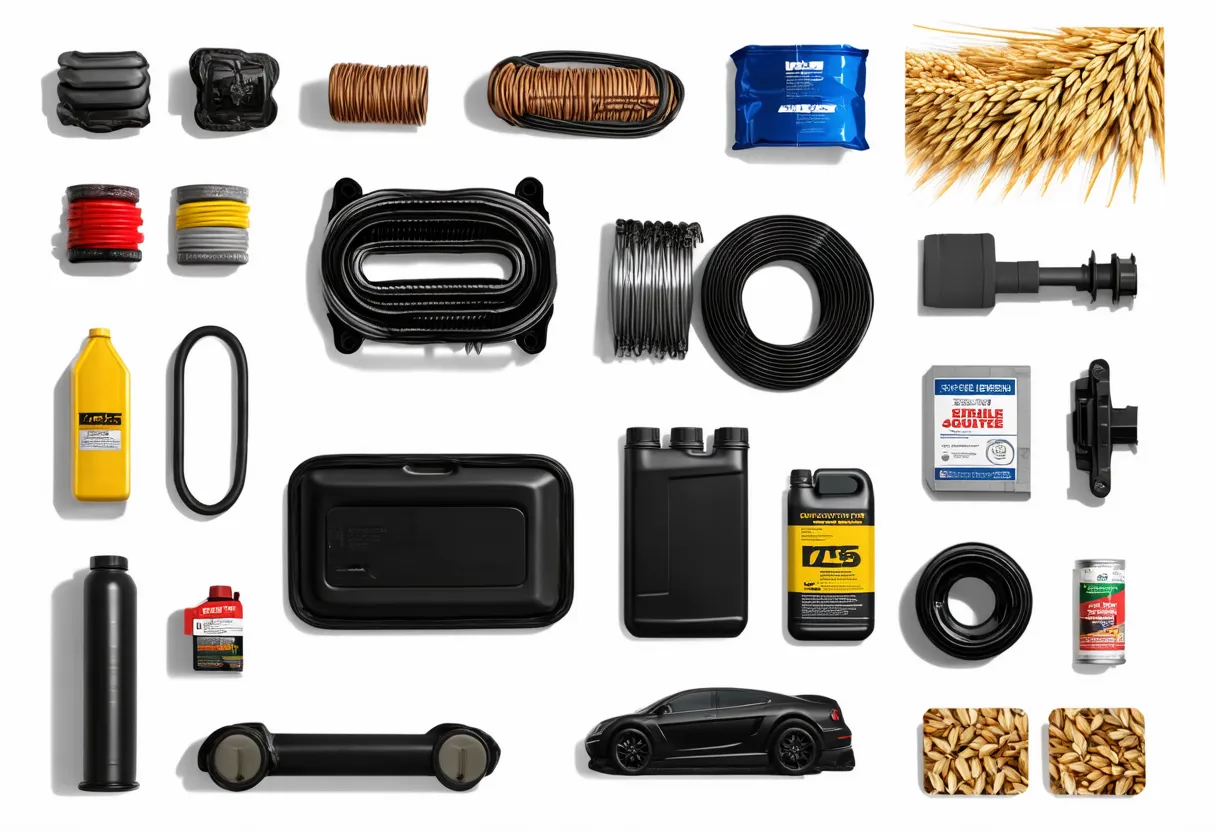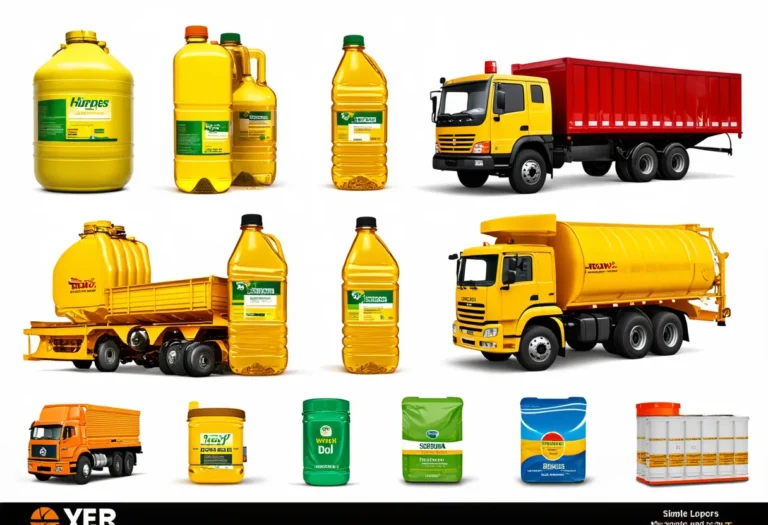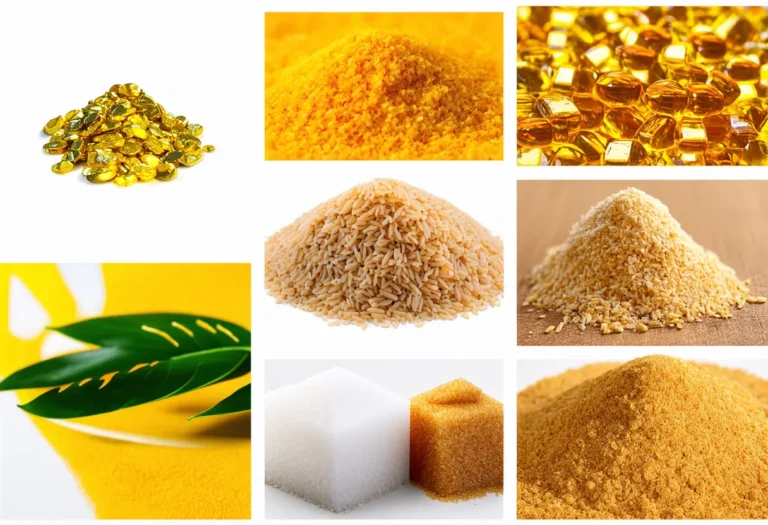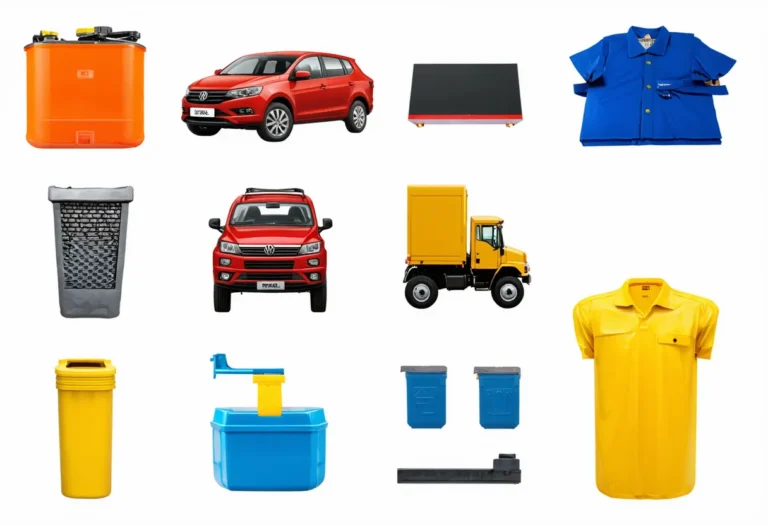Romania, with a population of 19,047,009, is ranked 63rd in the world, just behind Chile. Located in Eastern Europe, it spans 238,400 square kilometers, ranking 80th globally, just below Ghana.
Romania’s economic position in 2022 showcases a GDP of $300,691,354,864.855, ranking it 44th globally. It follows Chile, with a GDP of $301,024,724,911.923. The GDP per capita for Romania in 2022 is $15,786.8017, placing it at the 60th position worldwide.
Romania is surpassed by Panama, with a GDP per capita of $17,357.6286. Despite its ranking, Romania’s economy shows stability and potential for growth in the coming years.
What are the economic activities of Romania?
- Primary activities: 4.2% of GDP.
- Secondary activities: 33.2% of GDP.
- Tertiary activities: 62.6% of GDP.

Primary Sector of Romania
Romania’s primary sector, particularly agriculture, thrives due to its diverse climate and abundant natural resources. With 56.85% of the country’s land dedicated to agriculture, Romania is a major producer of wheat, maize, milk, sunflower seeds, barley, potatoes, rapeseed, grapes, plums, and apples.
Despite contributing 4.2% to the GDP, agriculture remains vital to the economy. The top ten agricultural products, based on tonnage, highlight the sector’s significance, showcasing the variety of crops and animal products that sustain Romania’s agricultural industry.
With diverse geology, the primary sector thrives on abundant natural resources like petroleum, timber, natural gas, coal, iron ore, salt, arable land, and hydropower. These resources play a vital role in driving the economy, although petroleum reserves are declining.
Romania’s oil economic activity remains significant, with a daily production of around 64,790 barrels positioning it 33rd globally. Despite its reserves of 600 million barrels, representing 0.04% of the world’s total, the country faces challenges due to declining petroleum reserves.
Romania’s gas production of 11.17 billion m³ in 2020 ranks 40th globally, contributing significantly to the country’s economic activity.
Secondary Sector of Romania
What is the secondary sector or what are secondary activities?
The secondary sector involves industries that transform raw materials into finished products for consumption. In Romania, main industrial products include electric machinery, auto assembly, textiles, footwear, light machinery, metallurgy, chemicals, food processing, petroleum refining, timber, and construction materials.
Manufactures play a crucial role in Romania’s total exports, accounting for 76.23% in 2023. This highlights their significant contribution to the country’s economy and trade balance.
Tertiary sector of Romania
What is the tertiary sector or what are tertiary activities?
The tertiary sector in Romania encompasses various services that involve offering knowledge and time to enhance productivity and meet needs. Key activities include healthcare, education, banking, communication, tourism, transportation, and security services. These sectors contribute significantly to the country’s economy by providing intangible goods such as medical care, education, financial services, information exchange, and protection.
Highlighting these, Tourism plays a crucial role in Romania’s economy, contributing significantly to its GDP. With over 12.8 million annual arrivals, equivalent to 0.6728 arrivals per capita, popular destinations like the medieval cities of Brasov and Sighisoara, along with the picturesque Transylvanian region, attract visitors from around the world, boosting the country’s tourism revenue.
Another example of tertiary economic activity is the mobile cellular sector, with over 23 million subscriptions, supporting technological growth by enhancing connectivity and fostering innovation across various industries.
Military Activities and Economic Sectors of Romania
The military is a great example of different economic activities working together. In the primary sector, resources are extracted for military use. The secondary sector involves the manufacturing of military equipment. The tertiary sector includes various services provided by the military. The quaternary sector focuses on military research and development, while the quinary sector deals with high-level military decision-making and strategy.
In Romania, the military expenditure for 2023 is $5,610.7 million, which is 1.73% of the country’s GDP. The active military force consists of 69,300 personnel, resulting in about 8.2 active military members per 1,000 people in the population.
Biggest company in Romania
Which is the biggest company in Romania? The largest company is Qatar National Bank, with a market value of approximately 59.09 billion USD. It operates in the banking industry, which is part of the tertiary sector. Qatar National Bank was founded in 1964, providing financial services to individuals and businesses.
International Trade of Romania
Import Activities of Romania

Romania’s import activities are of high importance, with total imports in 2023 reaching 131.96 billion and accounting for nearly 50% of the country’s GDP.
Romania’s key import activities include crude petroleum, vehicle parts/accessories, refined petroleum, packaged medicine, and cars. Its top import partners are Germany (17%), Italy (8%), Hungary (6%), Turkey (6%), and Poland (6%).
Exports Activities of Romania

Romania’s export activities play a crucial role, accounting for 42.97% of its GDP, indicating high importance in driving economic growth and stability.
Romania’s export activities are diverse, with its top partners being Germany, Italy, Hungary, France, and Bulgaria. The country mainly exports vehicle parts/accessories, cars, insulated wire, refined petroleum, and wheat.
Romania economy challenges in 2024
In 2024, Romania faces economic slowdown post-COVID-19, struggling to meet euro convergence criteria. Despite being a major FDI recipient and digital hub, challenges lie in transitioning to the euro and sustaining growth in the service and industrial sectors.




Leave a Reply